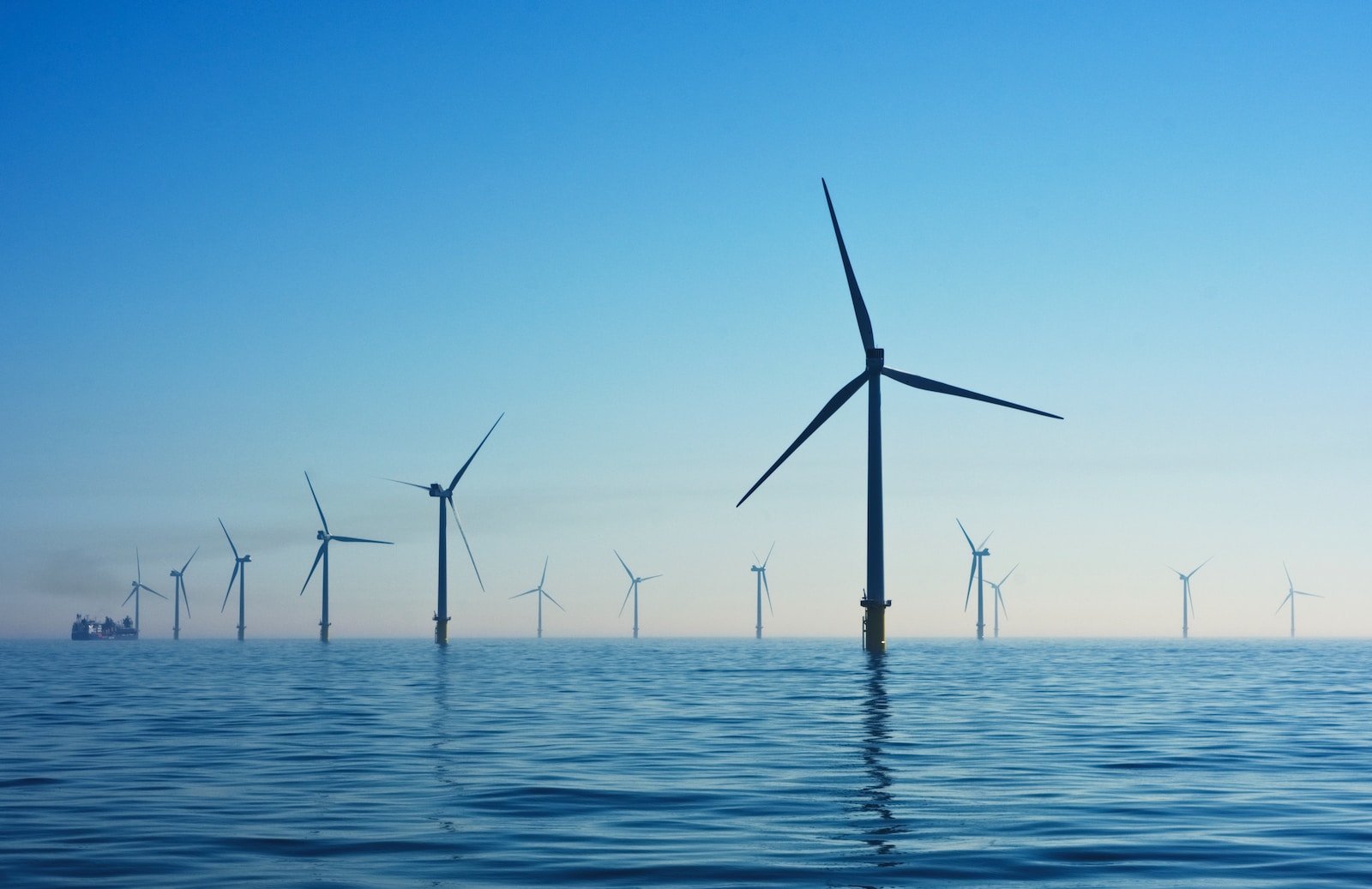Table of Contents
ToggleA Shift in the Energy Landscape
Fossil fuels have long dominated the energy sector, but the tide is turning. Renewable energy sources like solar and wind are experiencing an unprecedented surge in demand, driven by concerns about climate change, energy security, and technological advancements. This shift marks a crucial turning point in our quest for a sustainable future.
Factors Driving the Rise of Renewables:
- Environmental concerns: The urgency of addressing climate change has fueled the demand for clean energy solutions that minimize greenhouse gas emissions.
- Technological advancements: Recent innovations have made renewable energy technologies more efficient and cost-effective, accelerating their adoption.
- Government policies: Many countries are implementing supportive policies, such as subsidies and tax breaks, to incentivize renewable energy development.
- Energy security: Concerns about dependence on volatile fossil fuel markets and geopolitical instability are driving countries to diversify their energy sources.
- Economic opportunities: The renewable energy sector is rapidly creating new jobs and stimulating economic growth.
Challenges and Opportunities on the Path to a Renewable Future
While the transition to renewable energy presents tremendous opportunities, it also comes with challenges that need to be addressed.
Key Challenges:
- Integration into the grid: Integrating intermittent renewable energy sources into the existing grid infrastructure requires significant upgrades and smart grid technologies.
- Storage limitations: Current energy storage technologies are still expensive and require further development to effectively manage variable renewable energy generation.
- Policy and regulatory hurdles: Lack of consistent and supportive policies can create barriers to renewable energy development.
- Public acceptance: Concerns about the environmental impact of renewable energy projects, such as land use and bird collisions, need to be addressed through careful planning and public engagement.
Emerging Opportunities:
- Technological breakthroughs: Advances in solar, wind, and other renewable technologies are continuously improving efficiency and reducing costs.
- Energy storage innovation: The development of new and improved energy storage solutions, such as batteries and grid-scale storage systems, will ensure reliable renewable energy supply.
- Microgrids and distributed generation: Decentralized energy systems allow communities to generate their own renewable energy, leading to greater energy independence and resilience.
- Grid modernization: Investments in smart grid technologies will enable better integration and management of renewable energy sources.
Innovations Shaping the Future of Renewables
The renewable energy sector is witnessing exciting developments that hold immense potential for the future:
- Next-generation solar technologies: Innovations like perovskite solar cells and bifacial panels are paving the way for increased efficiency and lower costs.
- Offshore wind power: Harnessing wind energy from vast offshore locations is becoming increasingly cost-effective and offers significant potential for large-scale power generation.
- Floating solar farms: Utilizing water bodies for solar power generation offers a unique solution for land-scarce areas.
- Renewable energy hybrids: Integrating solar, wind, and energy storage systems can create reliable and efficient microgrid solutions.
- Artificial intelligence and machine learning: These technologies are being employed to optimize renewable energy systems and predict energy demand.
Transitioning to a Sustainable Future
A rapid transition to renewable energy is essential for combatting climate change and securing a sustainable future. By embracing technological innovation, addressing policy challenges, and fostering public acceptance, we can collectively unlock the immense potential of renewable energy and power a brighter future for generations to come.
Join the Movement:
- Advocate for policies that support renewable energy development.
- Invest in renewable energy technologies for your home or business.
- Educate others about the benefits of renewable energy.
- Support organizations working on clean energy solutions.
Together, we can achieve a future powered by clean, sustainable energy for all.








1 thought on “Powering Up the Future: Exploring the Rise of Renewable Energy”
Pingback: "Groundhog Day Unveiled: 7 Sustainable Secrets Transforming Tradition"